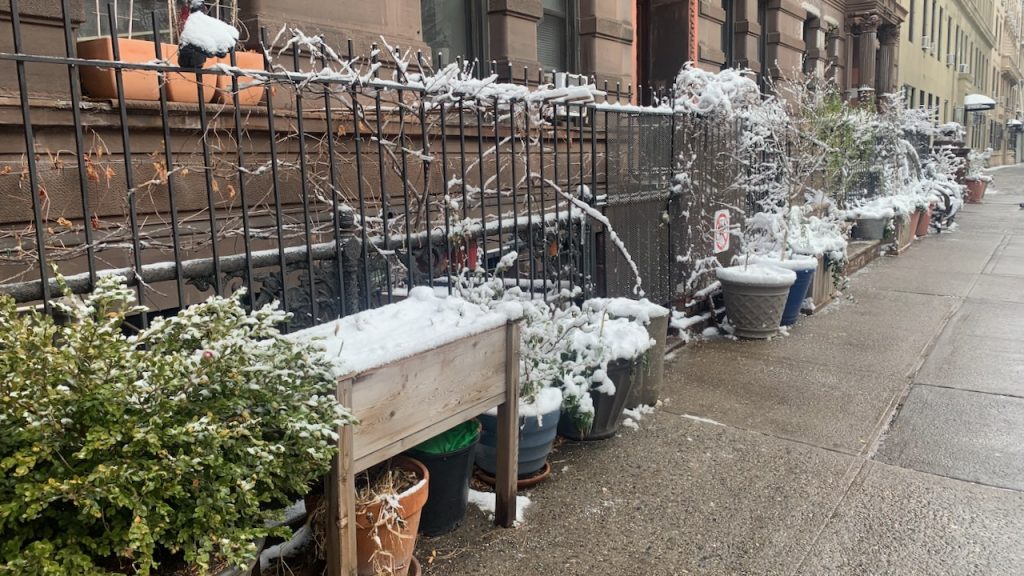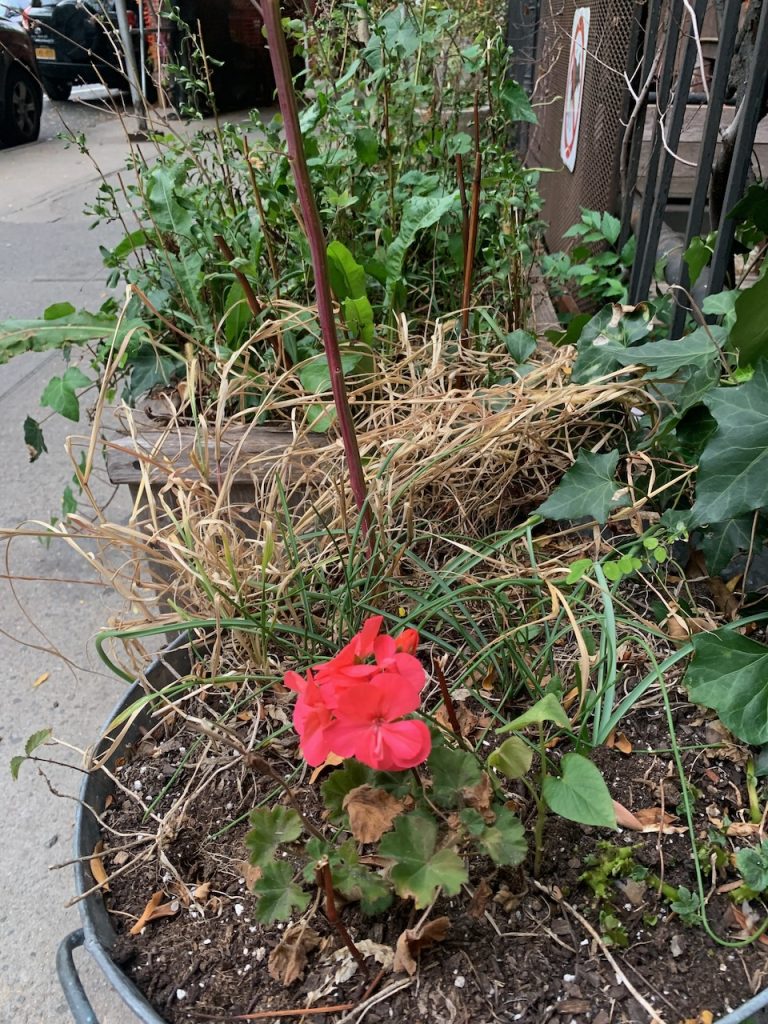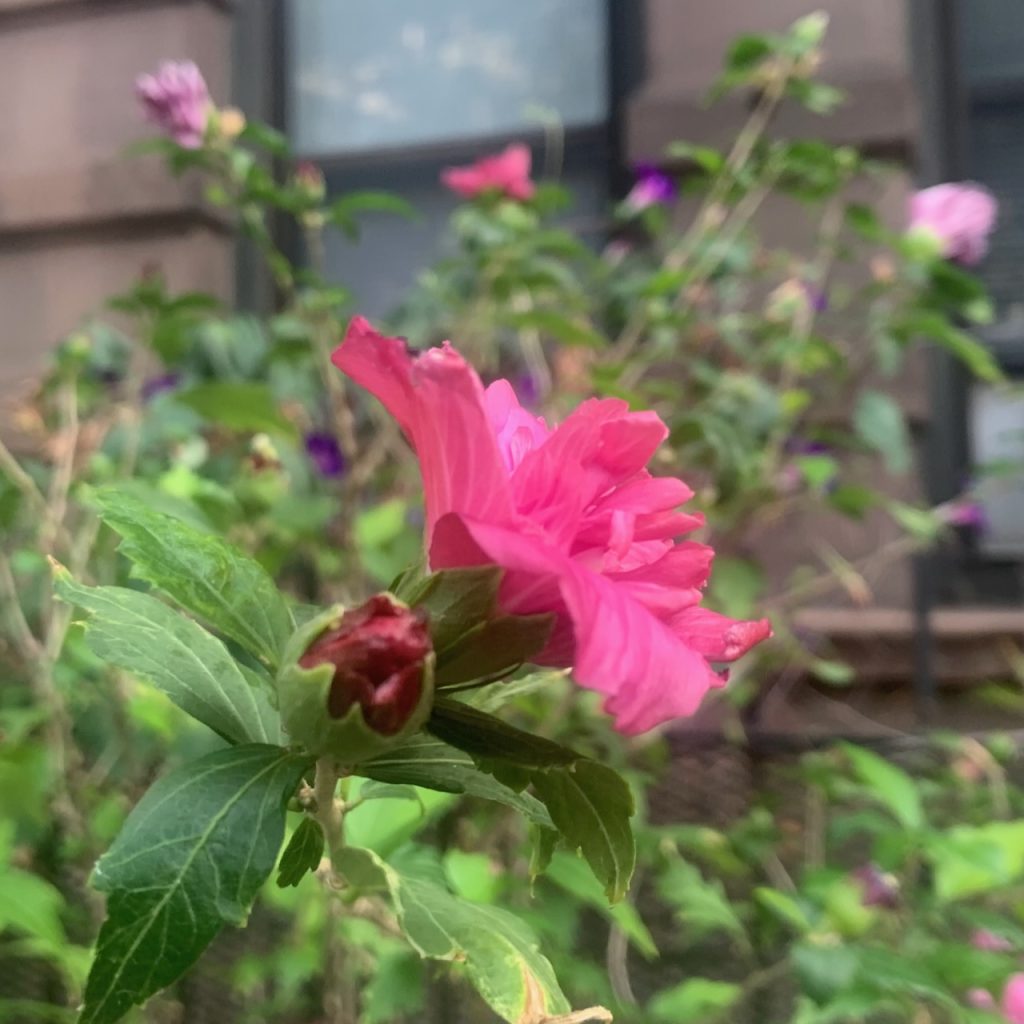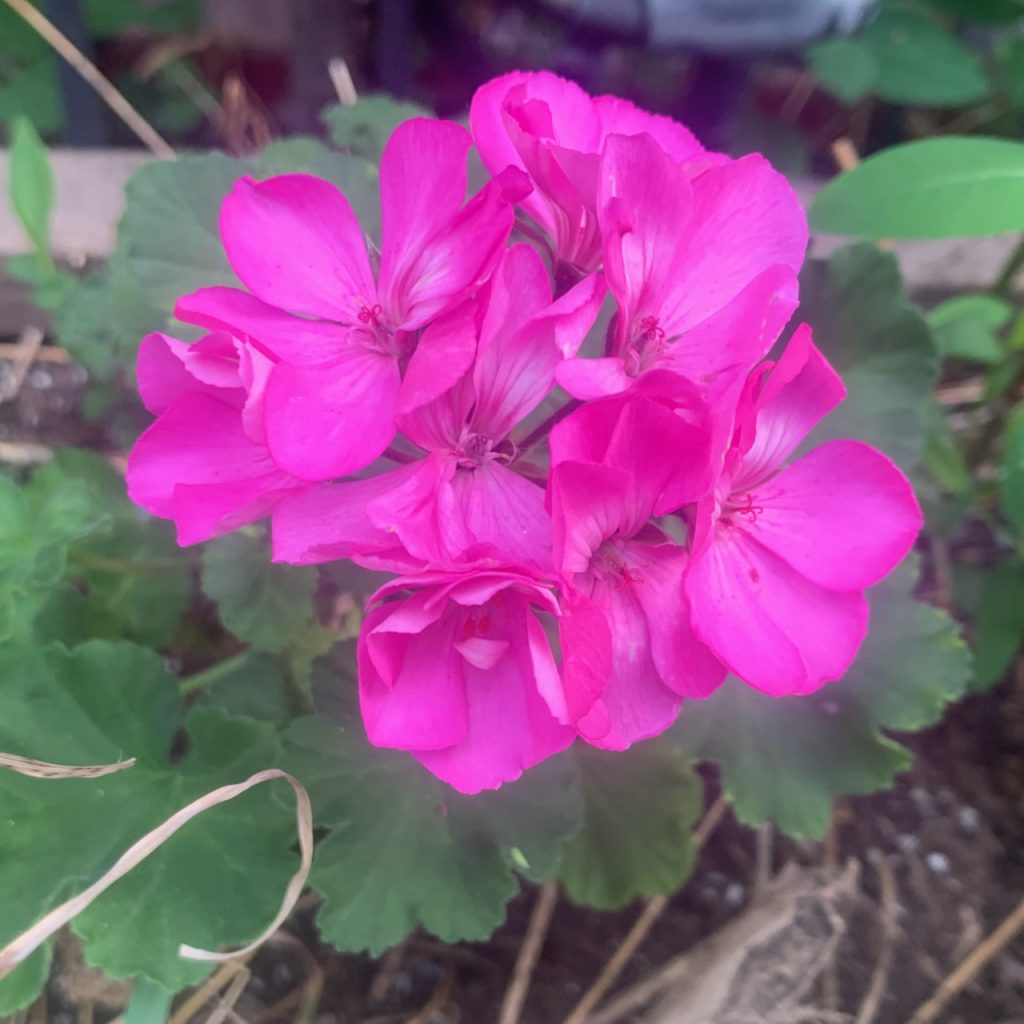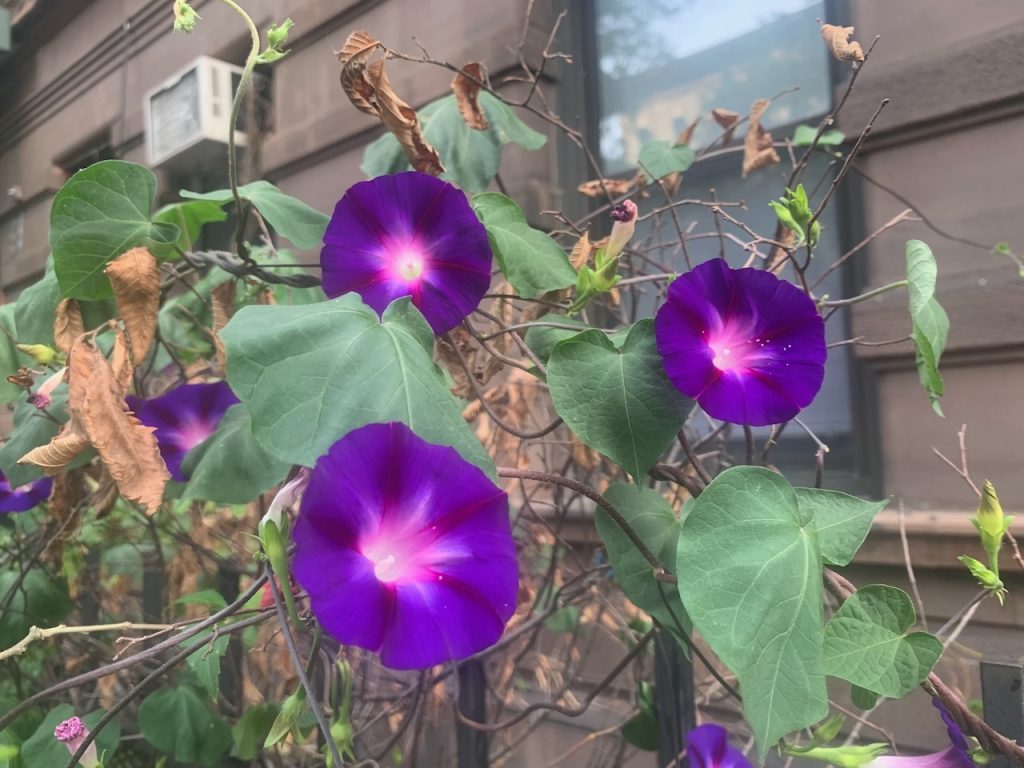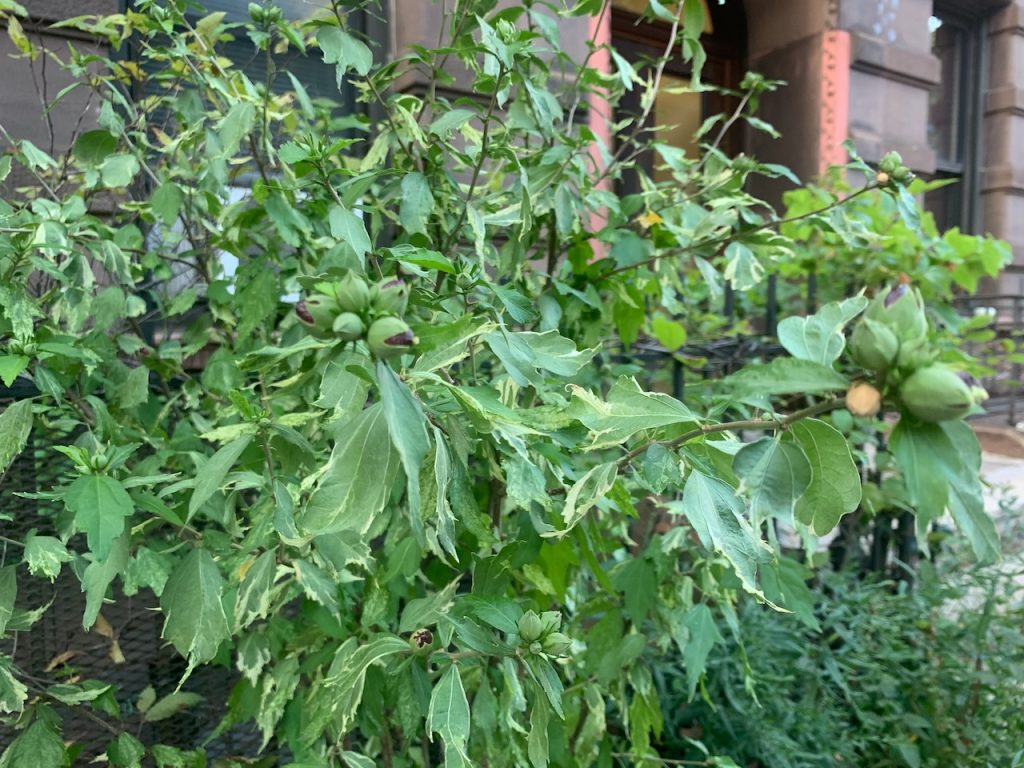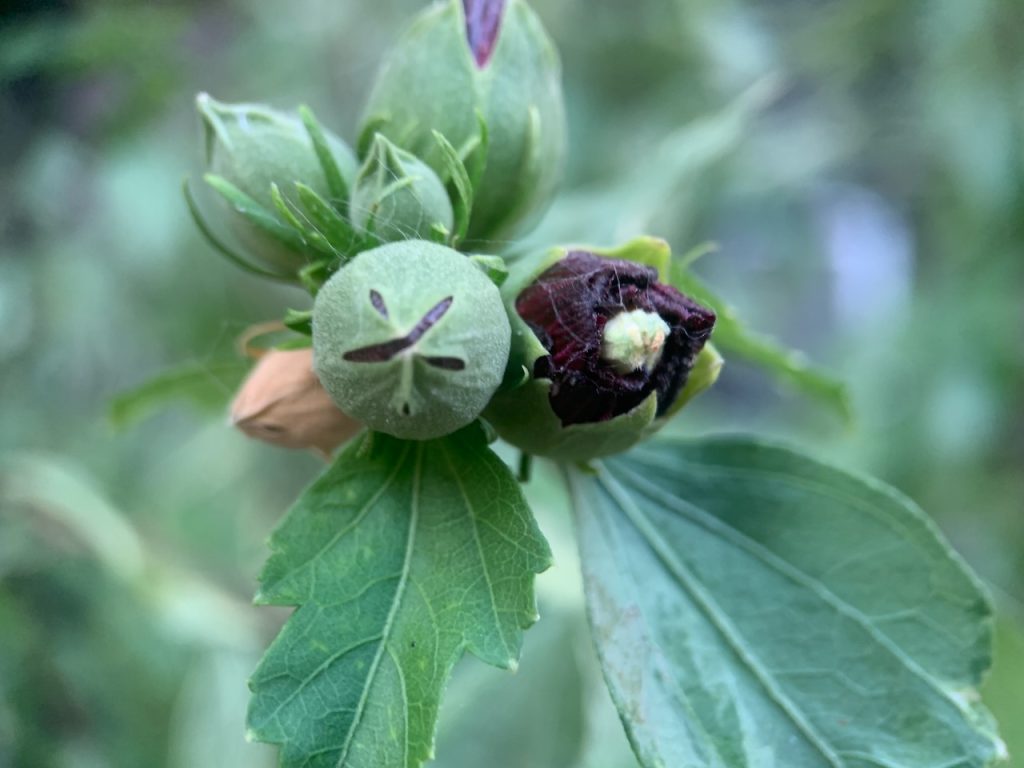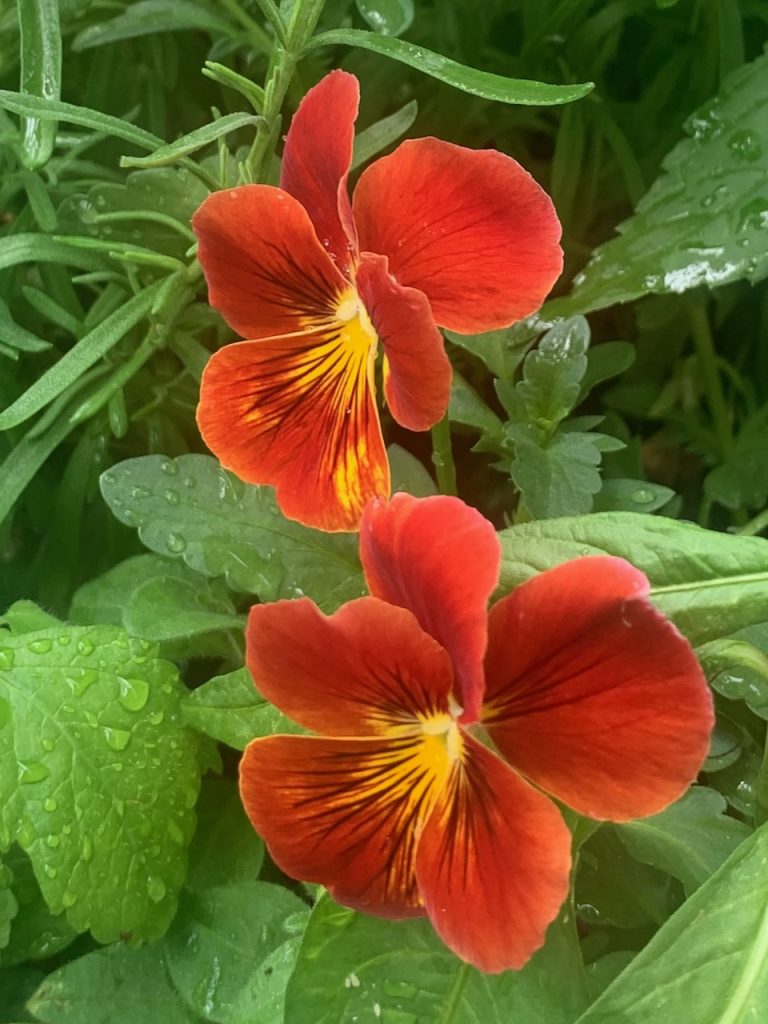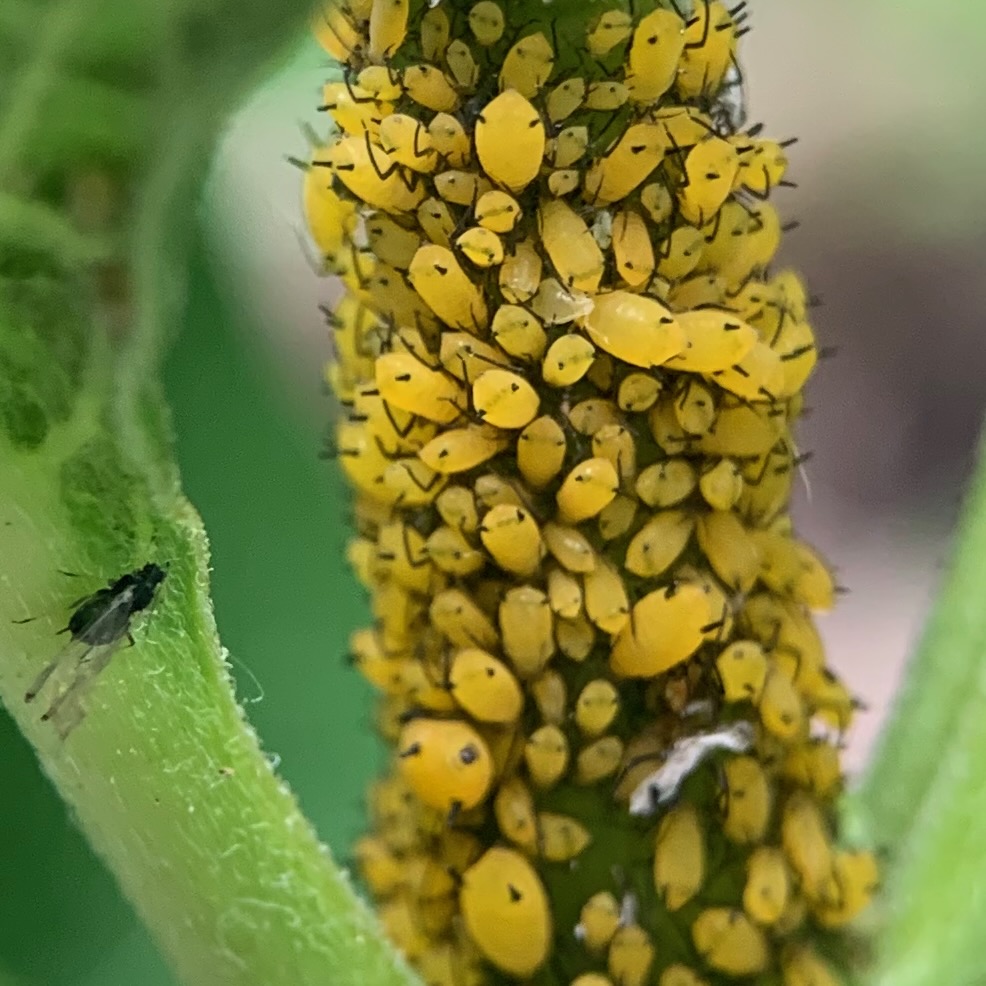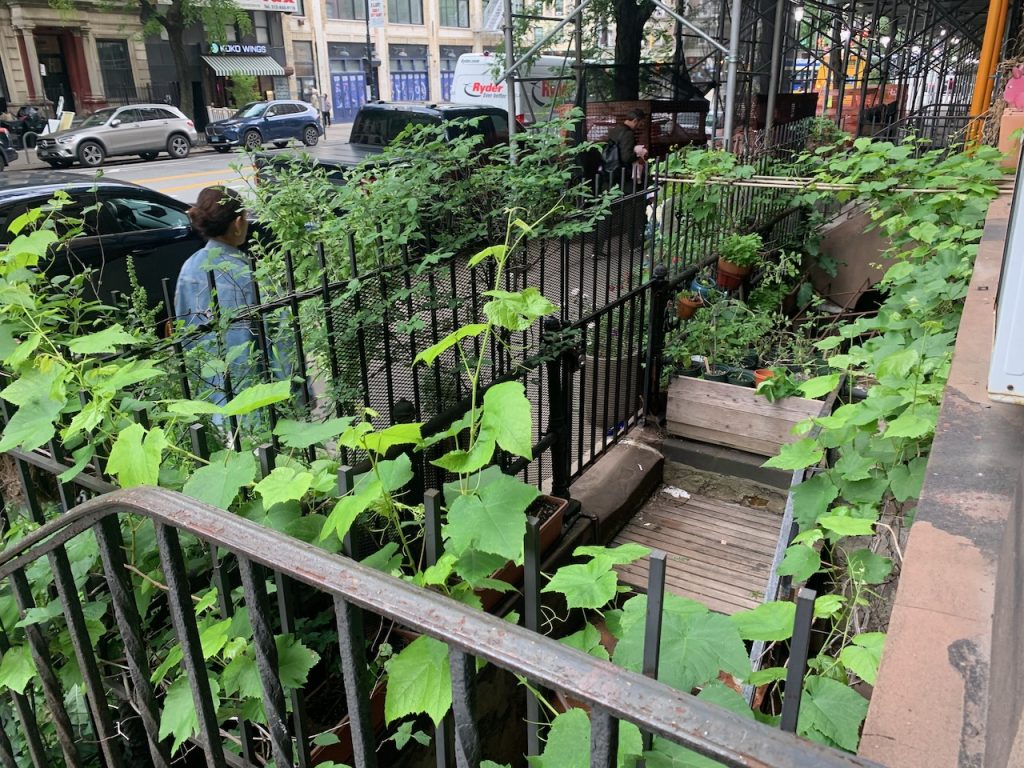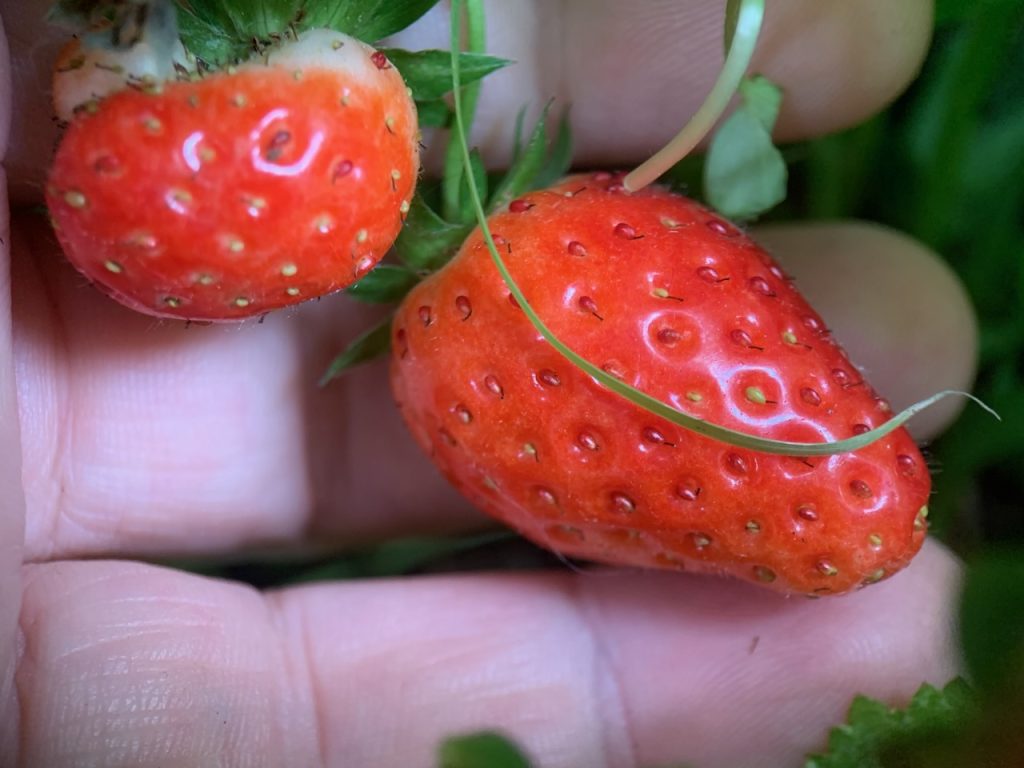Bloomingdale Garden is a tiny patch of green in public space on New York City’s Upper West Side. (The garden’s name pays homage to a traditional moniker for this area that dates back more than three hundred years.)
Located in containers and tree beds along the sidewalk of 219/217/215 West 106th Street, the garden only occupies about a hundred square feet, but provides a welcome splash of color to the neighborhood.
Scroll down for more photos and updates, or follow the garden on Bluesky.
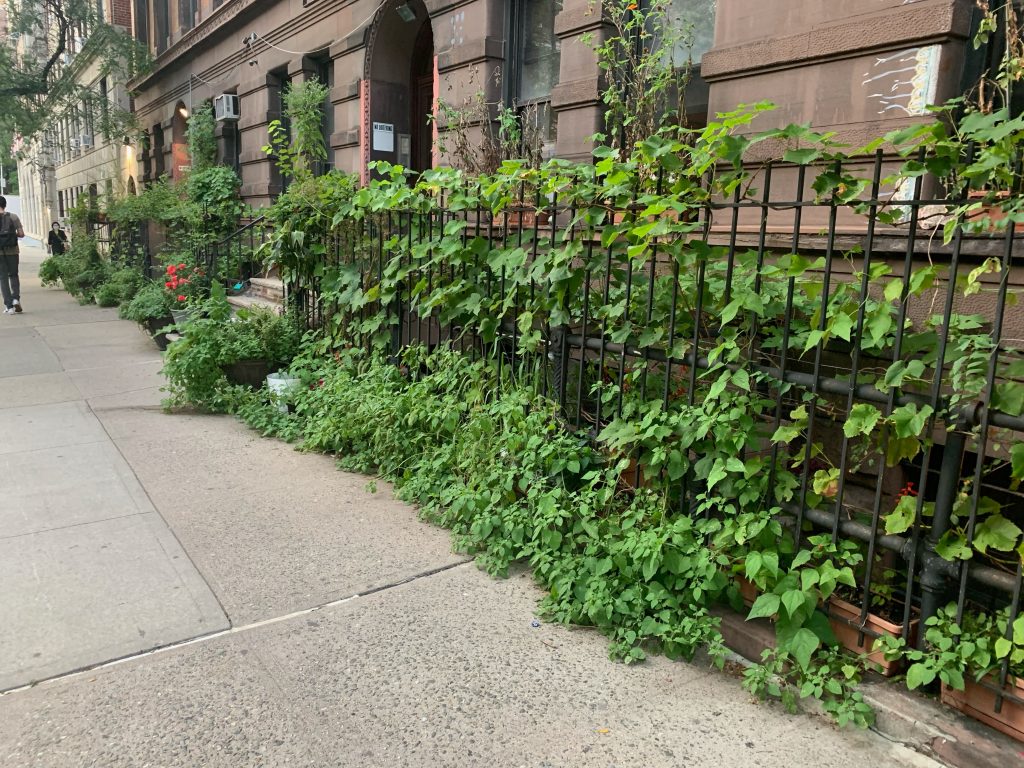

My name is Matthew Cavalletto, and I’ve created this site to showcase the flora and fauna that make their home in and around my garden, and to answer some common questions asked by passers by. I’ll also share some notes about my experiences as a gardener, in hopes that this will encourage other people to create their own pocket gardens anywhere they can.
